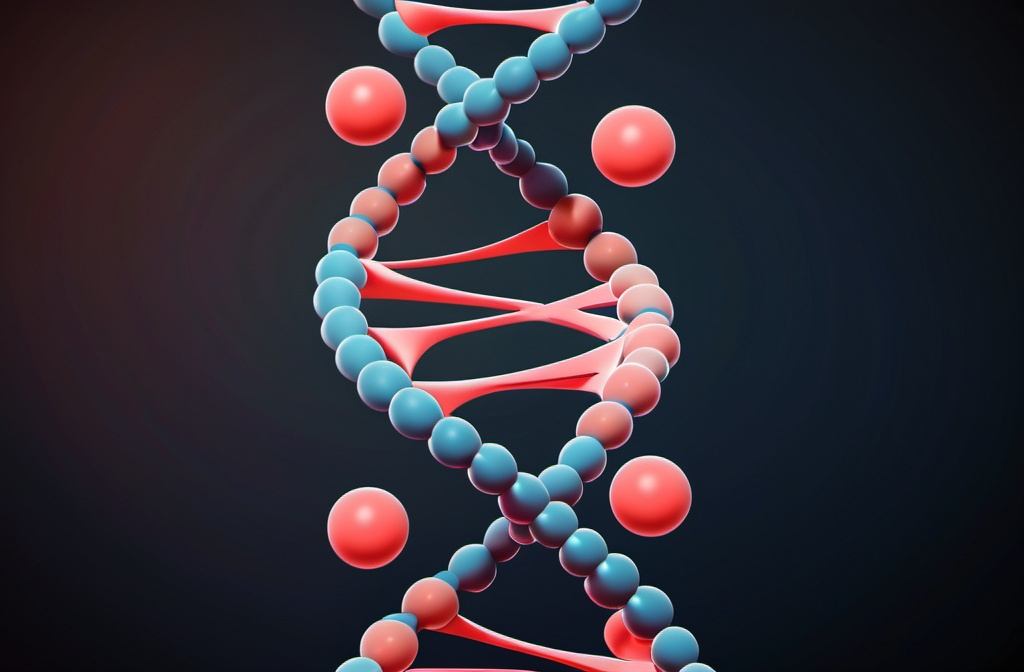In the realm of optimization and complex problem-solving, Tabu Search stands out as a powerful metaheuristic algorithm. It excels in navigating large solution spaces to find optimal or near-optimal solutions where traditional methods falter. This article delves into what Tabu Search is, how it works, its key applications, comparisons with other heuristics, and its strengths and weaknesses.
What is Tabu Search?
Tabu Search is an advanced optimization technique developed to overcome local optimality traps that hinder simpler algorithms. It achieves this by using memory structures that record the history of the search process, enabling it to navigate the solution space more effectively.
At its core, Tabu Search is designed to mimic the human cognitive process of overcoming constraints to find better solutions. It systematically explores the solution space by moving from one potential solution to another while avoiding cycles and previously visited inferior solutions.
How Does Tabu Search Work?
Tabu Search operates by iteratively moving from one solution to a neighboring solution. What sets it apart is its use of a Tabu List, a form of short-term memory that keeps track of recent moves to prevent the algorithm from revisiting them.
Tabu List and Memory Structures
The Tabu List is a dynamic memory structure that stores attributes of recently visited solutions or moves deemed “tabu” or forbidden. By keeping track of these, the algorithm avoids getting trapped in local minima and encourages the exploration of unvisited areas of the solution space.
In addition to the Tabu List, long-term memory structures can influence the search process. These may include frequency-based memory, which records how often certain solutions or moves are visited, helping to diversify the search over time.
Neighborhood Exploration and Move Acceptance
The algorithm explores the neighborhood of the current solution by evaluating all possible moves. It selects the best candidate that is not tabu unless it meets certain aspiration criteria, such as being better than any solution found so far. This balance ensures that the search is both intensive and extensive, thoroughly exploring promising regions while also seeking out new areas.
Key Applications of Tabu Search
Tabu Search has been successfully applied across various industries and problem domains due to its versatility and robustness.
Scheduling and Job Assignment
In manufacturing and service industries, Tabu Search helps optimize scheduling and job assignments. It efficiently allocates resources, sequences tasks, and minimizes total completion time, leading to increased productivity and cost savings.
Vehicle Routing Problems
For logistics and distribution companies, solving vehicle routing problems is crucial. Tabu Search provides high-quality solutions for routing vehicles to service a set of customers with minimal total distance or cost, considering constraints like vehicle capacity and time windows.
Network Optimization
In telecommunications and computer networks, Tabu Search optimizes network design and routing to improve performance and reduce costs. It tackles complex issues like bandwidth allocation, network topology design, and load balancing.
Comparison with Other Heuristics
Understanding how Tabu Search stacks up against other heuristics highlights its unique advantages.
Tabu Search vs. Simulated Annealing
While both are local search methods designed to escape local optima, Simulated Annealing uses probabilistic acceptance of worse solutions based on a cooling schedule. Tabu Search, on the other hand, uses memory structures to systematically avoid cycles, often leading to faster convergence and better solutions in certain problem spaces.
Tabu Search vs. Genetic Algorithms
Genetic Algorithms (GAs) employ a population-based approach using selection, crossover, and mutation operators inspired by natural evolution. Tabu Search focuses on a single solution path enhanced by memory structures. GAs are generally better for global exploration, while Tabu Search excels in intensively searching promising areas of the solution space.
Strengths and Weaknesses of Tabu Search
Like any algorithm, Tabu Search has its pros and cons that influence its suitability for different problems.
Benefits of Using Adaptive Memory
The use of adaptive memory allows Tabu Search to intelligently navigate the solution space, avoiding cycles, and revisiting. This leads to a more efficient search process that can find high-quality solutions faster than some other heuristics.
Challenges in Long-Term Search
One of the challenges is setting the right parameters for the Tabu List size and managing long-term memory structures. If not properly tuned, the algorithm may either become too greedy, missing out on better solutions, or too random, wasting computational resources.
—
In conclusion, Tabu Search is a potent tool for tackling complex optimization problems. Its intelligent use of memory structures sets it apart from other heuristics, providing a balance between exploration and exploitation of the solution space. While it has its challenges, particularly in parameter tuning for long-term searches, its strengths make it a valuable asset in fields ranging from logistics to network optimization.




